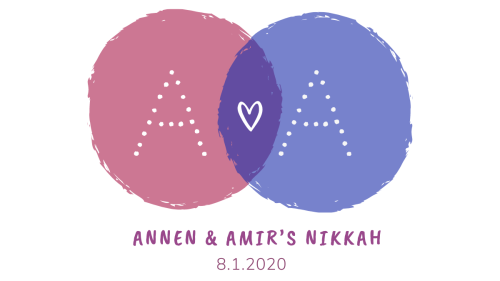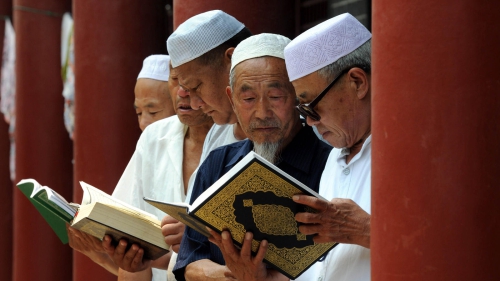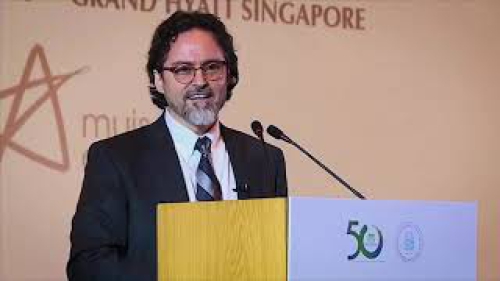What Makes Marriage in Islam So Sacred?
 {file:content.php} {function:blp_getCustomField} {postID:102369} {customField:theClapCount} {default:0}not-in-use-in-plain-child
{file:content.php} {function:blp_getCustomField} {postID:102369} {customField:theClapCount} {default:0}not-in-use-in-plain-child



Marriage in Islam is more than a contract; it's a sacred bond that plays a critical role in both personal and communal life. This article delves into the essential aspects of marriage in Islam, including its significance, the marriage process, and the rights and responsibilities of spouses.
The Sacred Nature of Marriage in Islam
Marriage is revered in Islam as a means of fulfilling half of one's faith. The Prophet Muhammad (PBUH) emphasized its importance, viewing it as a way to achieve spiritual growth and build a stable family. This sacred union provides emotional support, companionship, and a structured environment for raising children, contributing to a balanced and fulfilling life.
Navigating the Marriage Process
The Islamic marriage process involves several key steps:
1. Proposal and Consent: The journey begins with a proposal (nikah), requiring the consent of both the bride and her guardian (wali). This step ensures that both parties willingly enter the marriage.
2. Mahr (Dowry): The groom is required to provide a mahr, a financial gift to the bride, symbolizing respect and commitment. This gesture is an important part of the marriage contract.
3. Nikah Ceremony: The nikah is formalized with a ceremony led by an imam or a qualified person, and it is documented with a written contract and the presence of witnesses. This formalization underscores the seriousness of the commitment.
Rights and Responsibilities
Marriage in Islam is built on mutual rights and responsibilities:
- Husband's Role: Traditionally, the husband is the provider, responsible for financial support and protection.
- Wife's Role: The wife manages the household and contributes to the family's well-being. Roles can be adapted based on mutual agreement and individual circumstances.
Both partners are expected to approach their roles with respect, care, and understanding, ensuring a balanced and supportive relationship.
Enhancing Marital Life with Islamic Principles
Understanding the broader implications of marriage in Islam can enhance the marital experience. For those looking to integrate their marriage with spiritual well-being and Sunnah practices, there are valuable resources available. One such resource offers a comprehensive guide on how marriage aligns with spiritual health and the Sunnah of the Prophet Muhammad (PBUH).
Explore this insightful guide on FatwaHub to learn more about enriching your marital life with Islamic teachings and practices.
Conclusion
Marriage in Islam is a profound and multifaceted institution that enriches both personal and communal life. By understanding its significance, processes, and the roles of each partner, couples can navigate their journey together with faith and commitment. Exploring additional resources can further enhance this understanding, providing deeper insights into aligning marital life with Islamic teachings and practices.
Related Suggestions
In accordance with Title 17 U.S.C. Section 107, and such (and all) material on this site is distributed without profit to those who have expressed a prior interest in receiving the included information for research and educational purposes.














